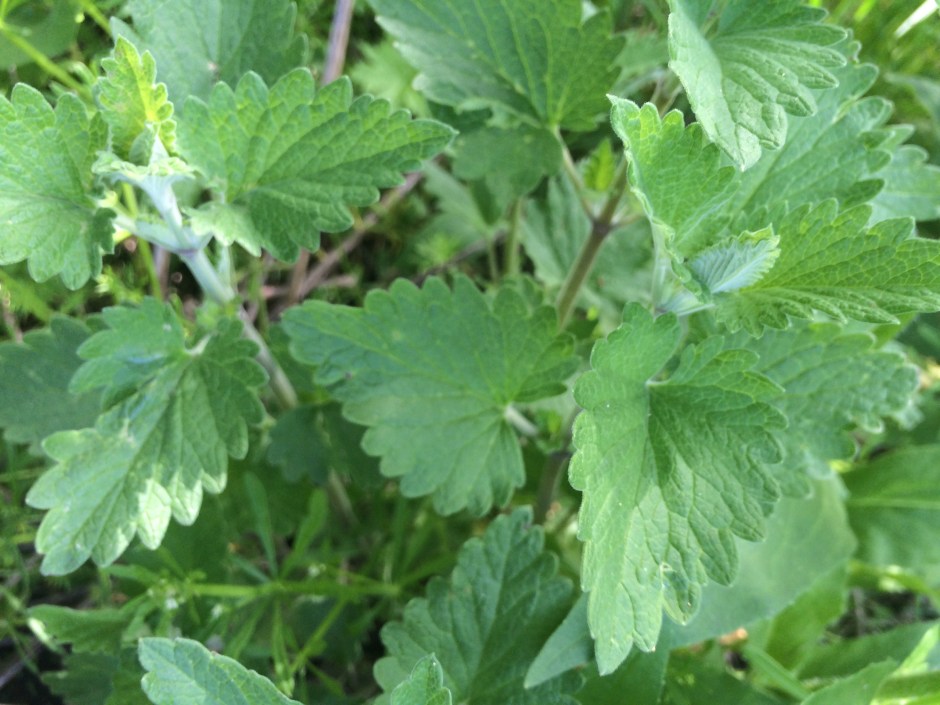Sleep issues are rampant these days. I’ve been hearing about it everywhere–from folks in the clinic to random conversations in town. Whether it be an inability to fall asleep, waking in the middle of the night, dreams disturbing restful sleep, or simply not getting enough of it, it seems we’re experiencing a collective “unrest”, so to speak.
With sensory and info overload, an ever-quickening pace, economic and environmental stresses and the increasing electromagnetic frequencies in our atmosphere, one can easily become overwhelmed. Anxiety and restlessness can ensue, and this can affect both dreaming and waking life.
Meanwhile, research is proving the age-old wisdom that rest and sleep are irrefutable cornerstones of health. (A friend recently sent me this worthwhile article & pod cast that demonstrates this point)
Also, I believe that if we allow ourselves ample opportunity for dreaming and we pay attention to our dreams, we can access part of our minds that will not only help us to heal, but to creatively solve problems and discover new ideas that we may not find in waking life.

Motherwort Leonurus cardiaca

Catnip Nepeta cataria
So I’d like to bring up two local wild plants that offer remarkable support for the rest/sleep/dream process. Glowing vibrant green from mid to late spring when they’re at their peak, they can be easily found all throughout our area, providing many of us with just what we need. I’m referring to none other than catnip (Nepeta cataria) and motherwort (Leonurus cardiaca).
A soothing herb for an overburdened nervous system, catnip supports peaceful sleep and dreaming, and reliably eases nightmares. It also acts as an emotional balm, calming anxieties and toning down responses to stressful situations. If catnip could speak directly to us, when we’re feeling overwhelmed, it might say something like this:
“There now, beautiful soul… You’re going to be just fine. Take a nice long deep breath, and look around… Remember all that you’re grateful for… All is well…. All is well…”

Catnip is known among herbalists as a safe, effective children’s herb, particularly helping to prevent bed-wetting (which is often associated with fears and anxieties). It addresses the child in all of us. The part that yearns for a soothing lullaby, and to be safely held by a loving parent.
The topic of loving parenthood brings to mind our other featured plant, motherwort. In true mother form, motherwort helps to ease, soothe and nourish. A heart tonic, it regulates the pulse and rhythm of the body. It supports digestive function so that we’re nourished by what we eat. It is also well-suited to women from childbearing age, through pregnancy all the way past menopause. Motherwort can regulate and harmonize various systems throughout the body and mind. She’ll regulate and harmonize our sleep cycles, and work/rest patterns as well. Like catnip, motherwort also eases anxiety and relaxes tension.

While catnip supports the child in us, motherwort supports the parent in us. She makes us more cognizant of our own emotions, and thus able to handle them more practically. She is like a mother who might calmly recognize her cranky child’s over-emotional behaviour as the temporary result of lack of sleep. When our emotional stress gets the best of us, she might say to us something like this:
“There you go again with all that fret & worry. This can’t possibly be helpful, can it? There are many ways to solve your problems but first you’re going to have to take care of yourself. How about if, instead of worrying, you do something really nourishing for yourself right now? Then later, you’ll probably find the answer you’re looking for with ease.”

Catnip and motherwort will infuse in harmony together, either fresh or dried, as an herbal tea. We use the leaves (sometimes with the tiny flowers) of both plants. Motherwort is quite bitter, so many people can not tolerate a tea of plain motherwort. However, the aromatic leaves of catnip help to balance out the flavour. Lemon balm, bee balm or lemon verbena could also make good flavour additions to this tea. A bit of honey or maple syrup would counter the bitterness too.
(However you may want to experience some of the bitter flavour for its many digestive benefits—but that’s a discussion for another post)…

